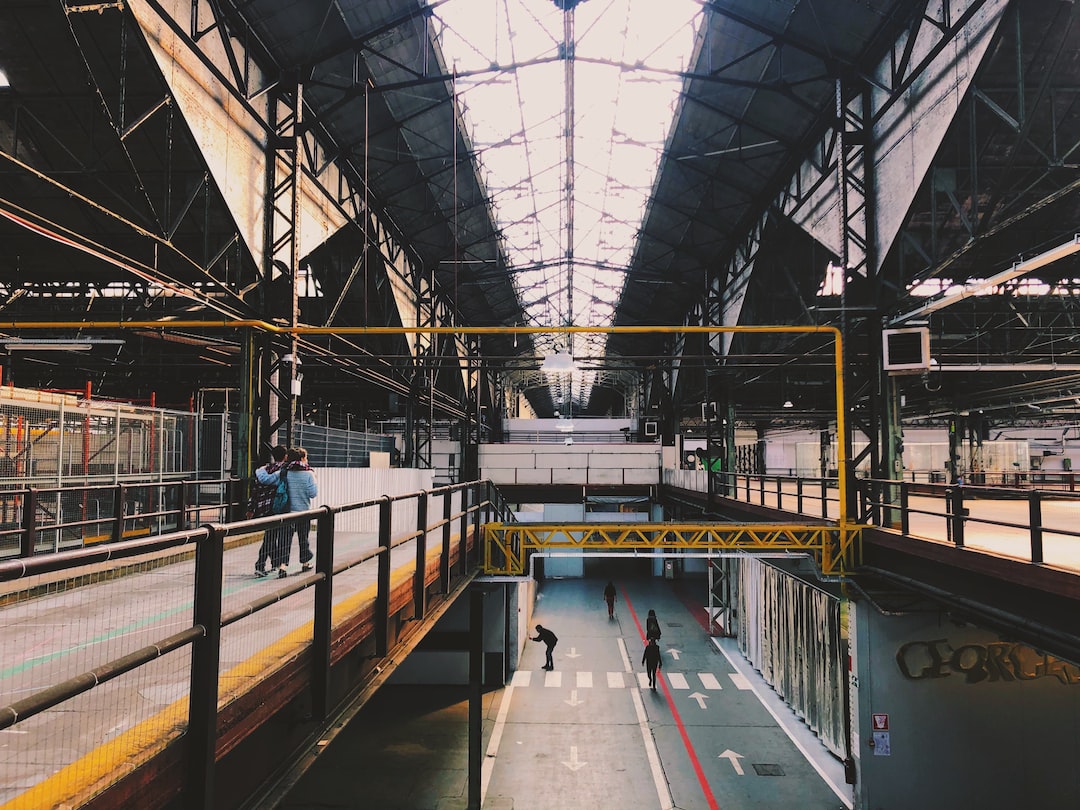3D Printing Revolution: Transforming the Manufacturing Landscape
Technological advancements have always played a significant role in shaping civilization, and the advent of 3D printing has undoubtedly brought about a revolution in the manufacturing landscape. This disruptive technology has the potential to transform various industries, from healthcare to automotive, by offering a more efficient, cost-effective, and sustainable alternative to traditional manufacturing methods. In this blog post, we will delve into the ways 3D printing is revolutionizing manufacturing and explore its implications for the future.
1. Product Development and Prototyping:
Historically, the process of developing new products and prototyping involved complex and time-consuming procedures. With 3D printing, however, this laborious process has become simpler, faster, and more cost-effective. This technology allows designers and engineers to create physical models directly from digital designs, eliminating the need for expensive molds or tooling. By enabling rapid prototyping, 3D printing reduces the time required to bring a product to market, giving businesses a competitive advantage.
2. Customization and Personalization:
One of the most remarkable aspects of 3D printing is its ability to produce highly personalized products. Unlike mass production, which focuses on creating identical items for a wide range of users, 3D printing allows for customization based on individual needs and preferences. This capability has far-reaching implications, enabling the creation of custom-fit prosthetics, personalized medical devices, and even tailor-made consumer products. As a result, individuals can enjoy products that perfectly cater to their unique requirements, leading to improved customer satisfaction and enhanced quality of life.
3. Supply Chain Optimization:
Traditional manufacturing methods often rely on a complex network of suppliers and distributors to bring products to market. This system can be both time-consuming and prone to delays. 3D printing has the potential to disrupt this model by offering a decentralized manufacturing process. By reducing the reliance on suppliers and streamlining the production process, 3D printing enables businesses to produce items on-demand, eliminating the need for unnecessary inventory storage. This paradigm shift significantly reduces lead times and production costs, making manufacturing more efficient and responsive to market demands.
4. Sustainability and Waste Reduction:
Sustainability is a critical concern in today’s world, and 3D printing is making remarkable strides in this area. Traditional manufacturing methods often result in considerable waste, as large amounts of materials are discarded during the production process. In contrast, 3D printing is an additive manufacturing process, which adds material layer by layer, resulting in minimal waste. Additionally, materials like recycled plastics can be used in 3D printing, further reducing the environmental impact. This eco-friendly aspect of 3D printing aligns with the growing global emphasis on sustainability, making it a viable solution for the future.
5. Democratization of Manufacturing:
In the past, manufacturing was limited to large corporations with access to extensive resources and manufacturing facilities. 3D printing has democratized the manufacturing process by making it more accessible to individuals and small businesses. With the advent of affordable desktop 3D printers, entrepreneurs, artists, and hobbyists can now turn their innovative ideas into physical objects without the need for substantial capital investment. This democratization of manufacturing empowers creativity and entrepreneurial spirit, opening doors for new business opportunities and economic growth.
The future implications of 3D printing are vast and inspiring. As the technology continues to evolve, we can envision a world where medical implants can be 3D printed directly at the point of care, reducing the need for complex surgeries and long waiting times. It could revolutionize the construction industry by enabling the efficient, cost-effective production of complex architectural designs. Moreover, 3D printed food, already in development, has the potential to address global hunger and nutritional challenges.
However, it is important to acknowledge that 3D printing is not without its limitations. The technology is still evolving, and challenges such as limited material options, slower production speeds, and high costs remain. Nonetheless, as research and development continue, these barriers are gradually being overcome, making 3D printing increasingly viable for mainstream adoption.
In conclusion, 3D printing is revolutionizing the manufacturing landscape by offering new possibilities in product development, customization, supply chain optimization, sustainability, and democratization. As this technology becomes more refined and accessible, it has the potential to transform industries, disrupt traditional manufacturing norms, and unlock a world of innovation. We are witnessing a fascinating revolution that not only promises to reshape manufacturing but also holds the power to create a more sustainable and inclusive world.
